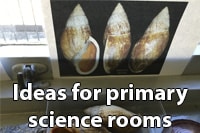
Primary science rooms are awesome!
Engaging kids in science can be a breeze if you prepare the right environment. Last week I was at Lane Cove Public School to run an after-school science club and noticed the fantastic effort the teachers had put into their dedicated primary science room. Normally in most primary schools there just isn’t enough space for a room like this but in this case, the school had definitely done a great job in making the most of it!
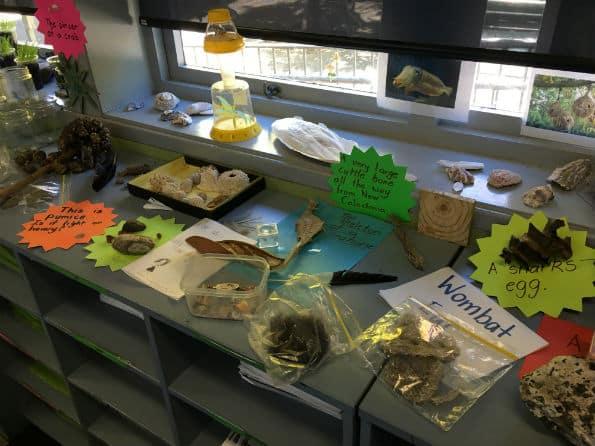
Primary science classroom exploratory materials at Lane Cove Public School
Across all the side benches was a variety of interesting collections taken, all supported by bright and inviting signage that would grab your attention as you walk through the door. Arranging science stimulus materials in such a way certainly would help school’s students be aware of the world around them; especially as a number of the displays were created by the students themselves as ongoing experiments (eg. a soil sedimentation longitudinal experiment and a plant growth experiment that also combined a little art too).
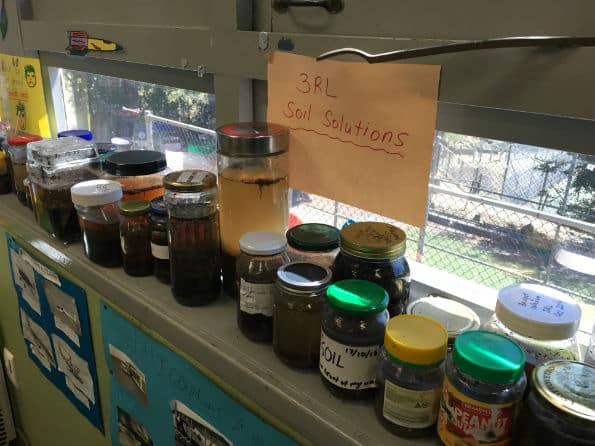
Soil sedimentation experiment jars along a windowsill
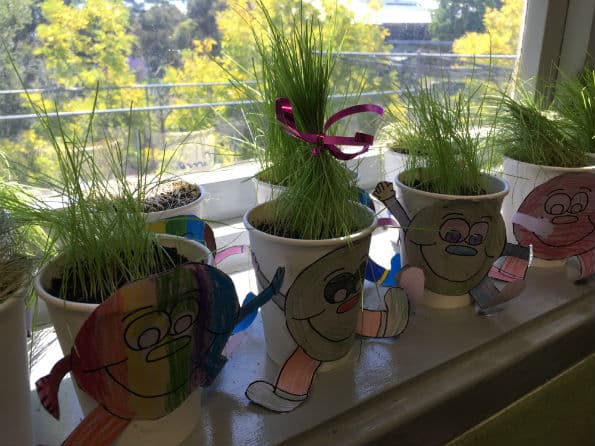
Art & science at Lane Cove Public School
Looking around the room there were a variety of ideas that primary teachers could use in their own rooms; definitely a source of inspiration for student blogging or getting out those digital microscopes!
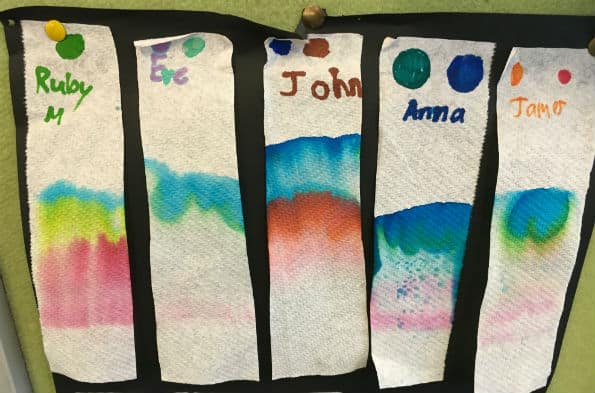
Pen chromatography by primary students. This is simple chromatography displays done by allowing water to spread through the paper to reveal the pigments used.

Rock collection by a primary student. Rock collections by students can depict where the sample was collected and the date
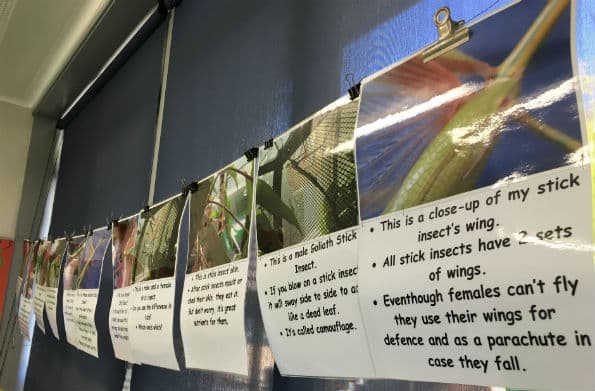
Biological photography by primary students. Students can create close up digital photographs of insects with descriptions written in the student’s own words
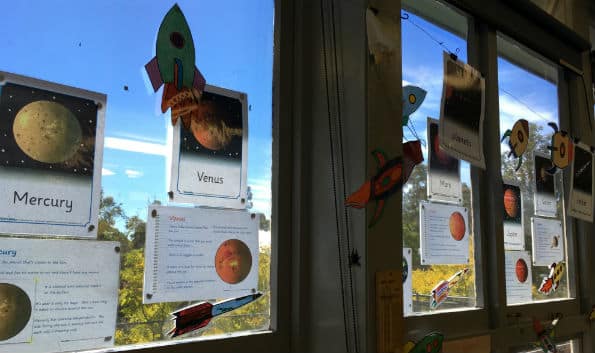 \
\
Fact sheets on planets done by primary students in their own words
… and much more…
It was great to see that the school displays had been created mainly by the students themselves and that the displays were clearly woven into the normal curriculum. Having a dedicated science room in your primary school certainly makes sense if you make it happen. Considering that students are required to do science in primary school and that most schools have at least 1-2 classes of students per year group means that somewhere within your school science would be being run at most times anyway… why not consolidate this work into a functional primary science room? Yes some time would be lost moving between rooms and yes there would be some budget required up front, however, an efficiency would be gained in having all your experiment support materials in the one spot (no more searching for plastic beakers!). Plus it could be inspiring for your students! If you can get this going in your school the room would naturally become a fantastic resource to bring parents through for a school science fair!
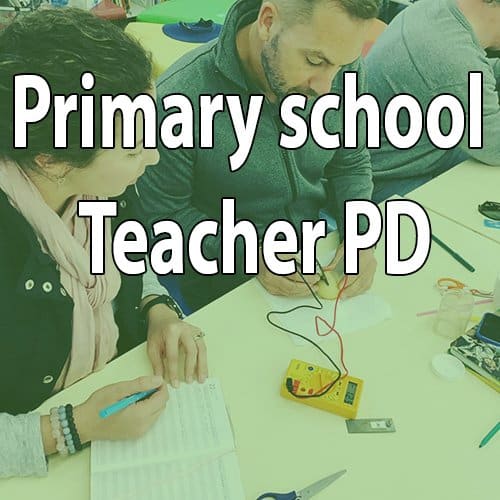
Find out about STEM PD programs by Fizzics Education
Even if you can’t go to the full length of a dedicated primary science classroom you could still setup a science corner in your classroom. Here students could showcase their work, run an ongoing experiment or read & research more about the science topic you’re currently teaching. A science corner is quite common in preschools and early learning centres, why not make a start on your primary version today? The kids will love it and you might get more attention from the kids as a result!
Happy teaching,
NEW Primary science teaching book!
“Be Amazing! How to teach science, the way primary kids love”
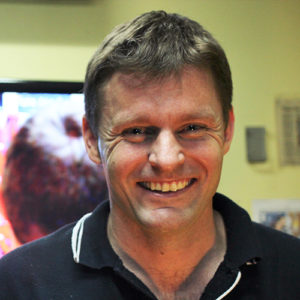
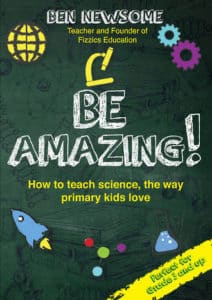

























Comments